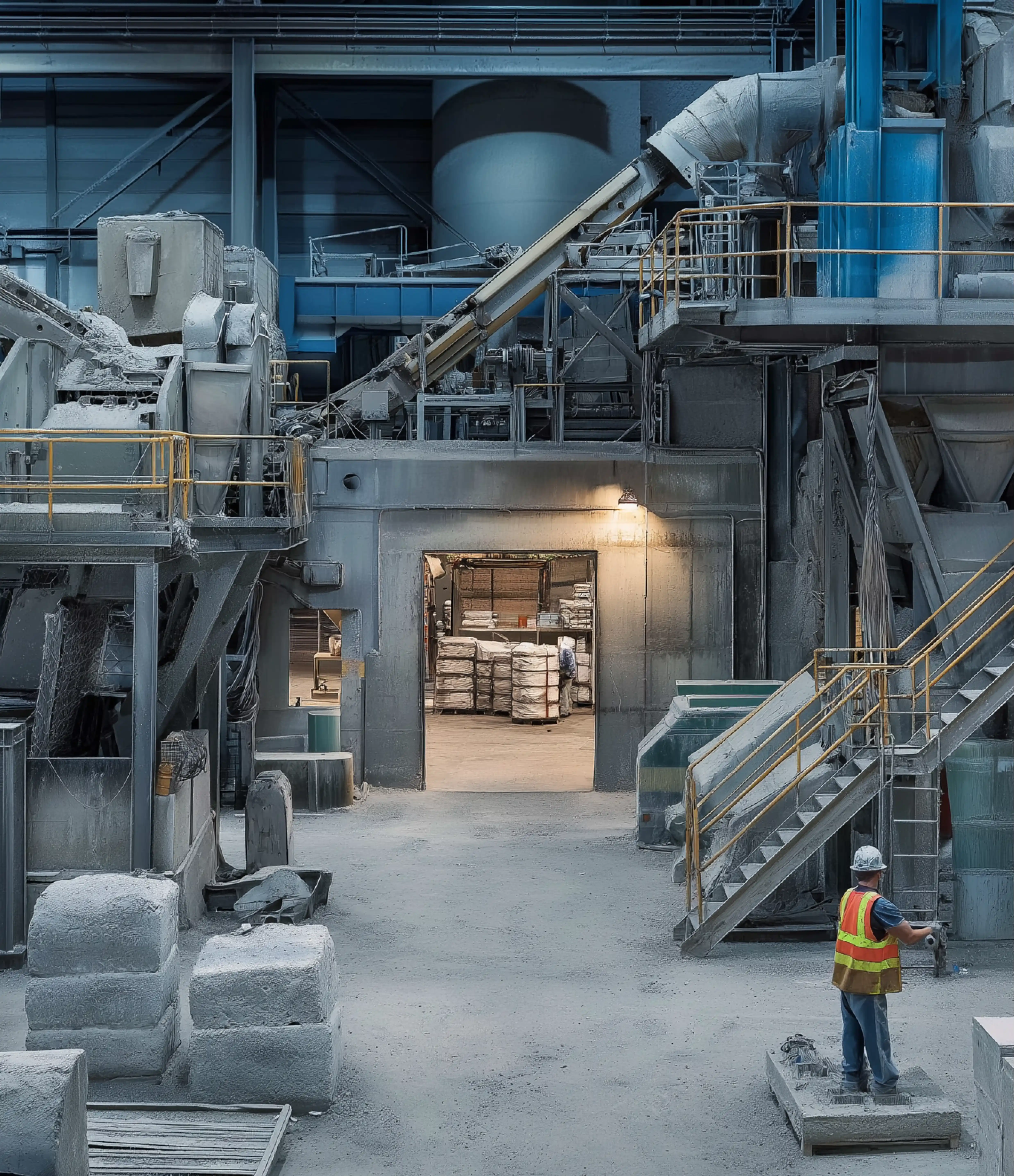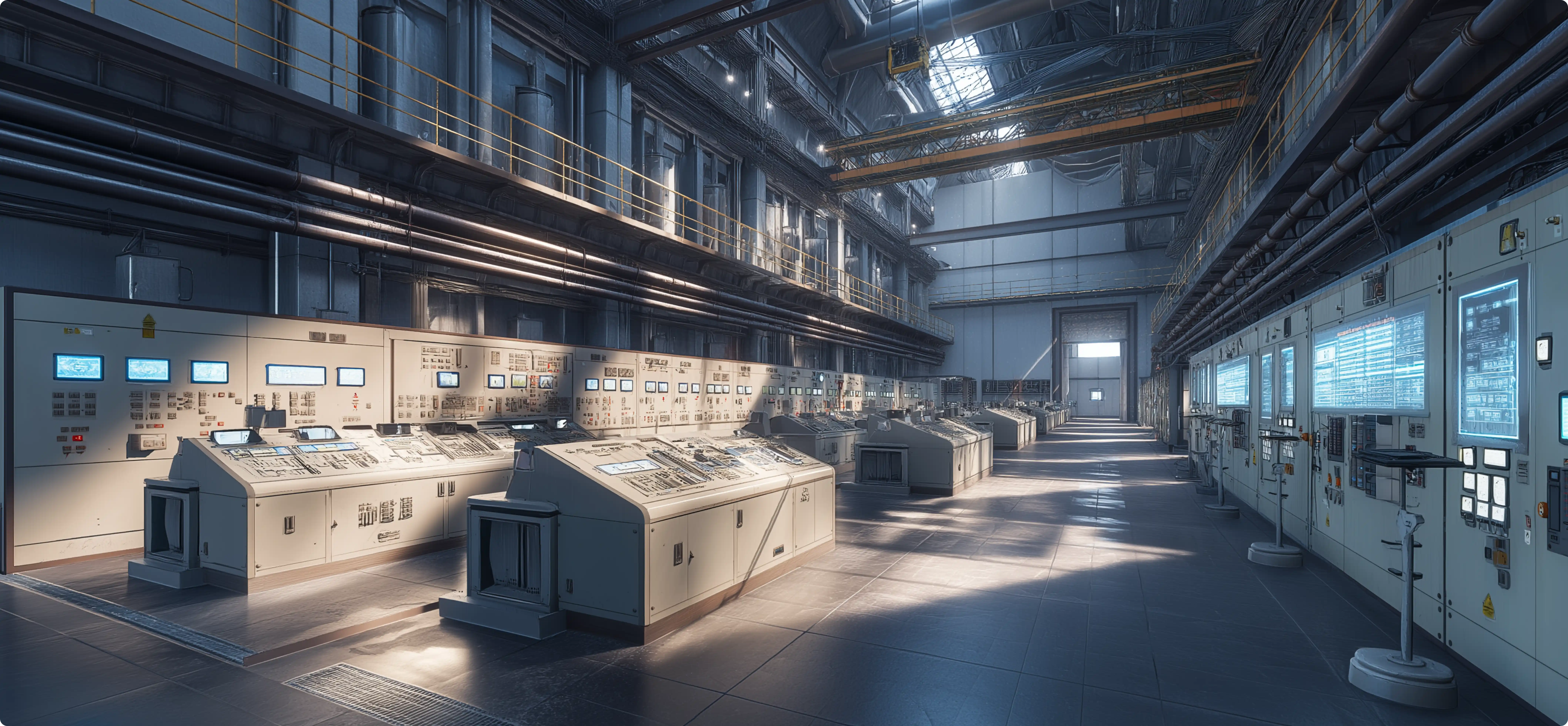@Faclon Team
November 14, 2025
2min read

A major cement manufacturer, part of a global conglomerate, operates with $700M revenue in the cement business and maintains 17+ MTPA total grinding capacity. With an active workforce of 13,128 employees, the company aimed to improve energy forecasting at one of its flagship plants operating under a PPA with a sister company. Frequent fluctuations in energy usage and downtime created a critical need for better prediction accuracy to optimize energy procurement and reduce operational costs.
Critical surveillance and safety challenges in hazardous chemical operations

I/O Vision: No-code computer vision platform for comprehensive AI-enabled surveillance:

Transformational results across key performance indicators:






Technical implementation and strategic considerations for this deployment


